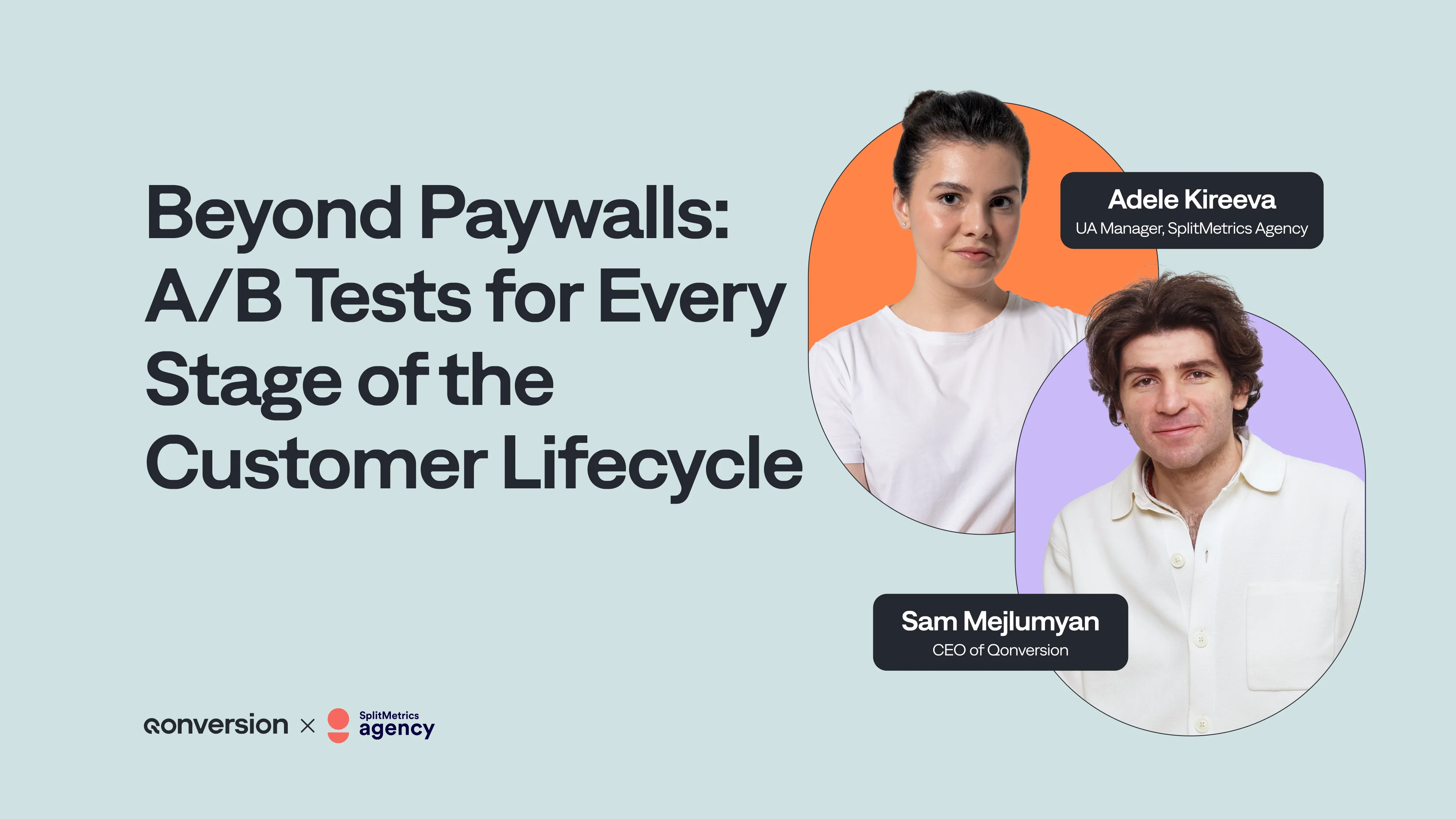Push Notifications: Do’s and Don’ts of Best Mobile App Communication Tools
Push Notifications: Do’s and Don’ts of Best Mobile App Communication Tools

Kate

Kate
Jan 13, 2022
Jan 13, 2022
Push notifications play an imperative role in the mobile app business as they help engage users, prevent churn, and even win lost customers back. Yet, it is very important to use these tools in the right way because up to 31% of smartphone users stop using an application once the volume of notifications reaches 6-10 per week.
Thus, in order not to annoy or overwhelm your users, it’s imperative to know the do’s and don’ts of push notifications and create an effective strategy for leveraging them. This is precisely what we’re going to talk about in today’s post. Let’s dive in.
Push notifications play an imperative role in the mobile app business as they help engage users, prevent churn, and even win lost customers back. Yet, it is very important to use these tools in the right way because up to 31% of smartphone users stop using an application once the volume of notifications reaches 6-10 per week.
Thus, in order not to annoy or overwhelm your users, it’s imperative to know the do’s and don’ts of push notifications and create an effective strategy for leveraging them. This is precisely what we’re going to talk about in today’s post. Let’s dive in.














